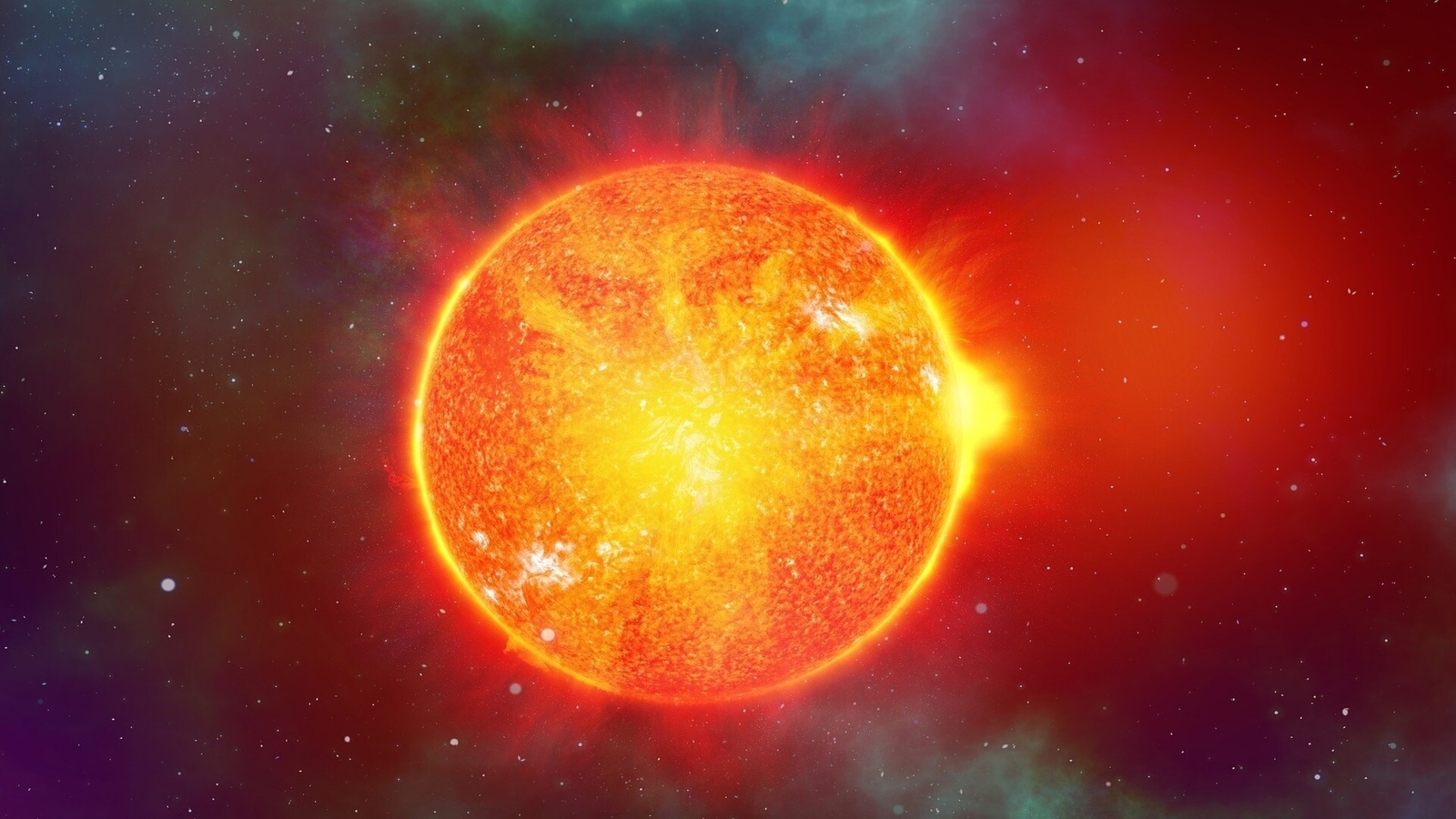TERRIFYING! ‘Extremely rare’ farside CME blast sparks solar storm on Earth, NASA says
In a rare event, an extremely powerful CME blast that took place on the farside of the Sun has hit the Earth, as per NASA. Know the solar storm threat.






 View all Images
View all ImagesA strange incident occurred in the early hours of yesterday, March 13. The NASA Solar and Heliospheric Observatory (SOHO) detected that after a huge explosion, a powerful wave of coronal mass ejection (CME) escaped from the surface of the Sun. This event should not have concerned the Earth under normal circumstances since the event took place on the farside of the Sun (the side of the Sun opposite to the Earth). However, the CME blast was deemed extremely rare as it was traveling at a mind-numbing speed of 3000 kilometers per second. The shock waves from the event pushed some of the CME particles towards the Earth as well and caused a solar storm. Check details.
The event was reported by SpaceWeather.com which reported on its website, “Something big just happened on the farside of the sun. During the early hours of March 13th, SOHO coronagraphs recorded a farside halo CME apparently leaving the sun faster than 3000 km/s…Although the CME is not Earth-directed, it has nevertheless touched our planet…Earth's magnetic field is funneling the particles toward the poles where a type of radio blackout is underway--a polar cap absorption (PCA) event”.
Farside CME blast hits Earth, causes solar storm
In order to understand just how strange this event was, it should be known that a CME cloud moving that fast only occurs about once a decade. We come across many farside CME blasts, with one taking place as soon as last week, but these never affect the planet due to being shot in the opposite direction.
However, traveling at such a high speed, these CME clouds created a shock wave, which resulted in some particles being thrown towards the Earth. These particles have accumulated towards the polar regions and a radio blackout-like condition was seen there.
The report also warned, “Airplanes flying over these regions may find that their shortwave radios won't work due to the ionizing effect of infalling protons”.
Luckily, the Earth only was hit with the residual amount of solar matter and the solar storm we experienced was a minor one. But, if this blast took place on the Earth-side, it would have created a massive destruction.
Experts believe such a high speed CME wave would have caused a solar storm which would exceed a G5-class category, much stronger than the Carrington event in 1859. This could burn down satellites, destroy Earth's wireless communication, internet cables under the ocean, cause power grid failures and damage the sensitive computers in a wide range of electronic devices.
But it is too early to celebrate. As the Sun nears the peak of its solar cycle, which is due in 2025, we may see powerful solar storms hit us in the near future.
Catch all the Latest Tech News, Mobile News, Laptop News, Gaming news, Wearables News , How To News, also keep up with us on Whatsapp channel,Twitter, Facebook, Google News, and Instagram. For our latest videos, subscribe to our YouTube channel.





























